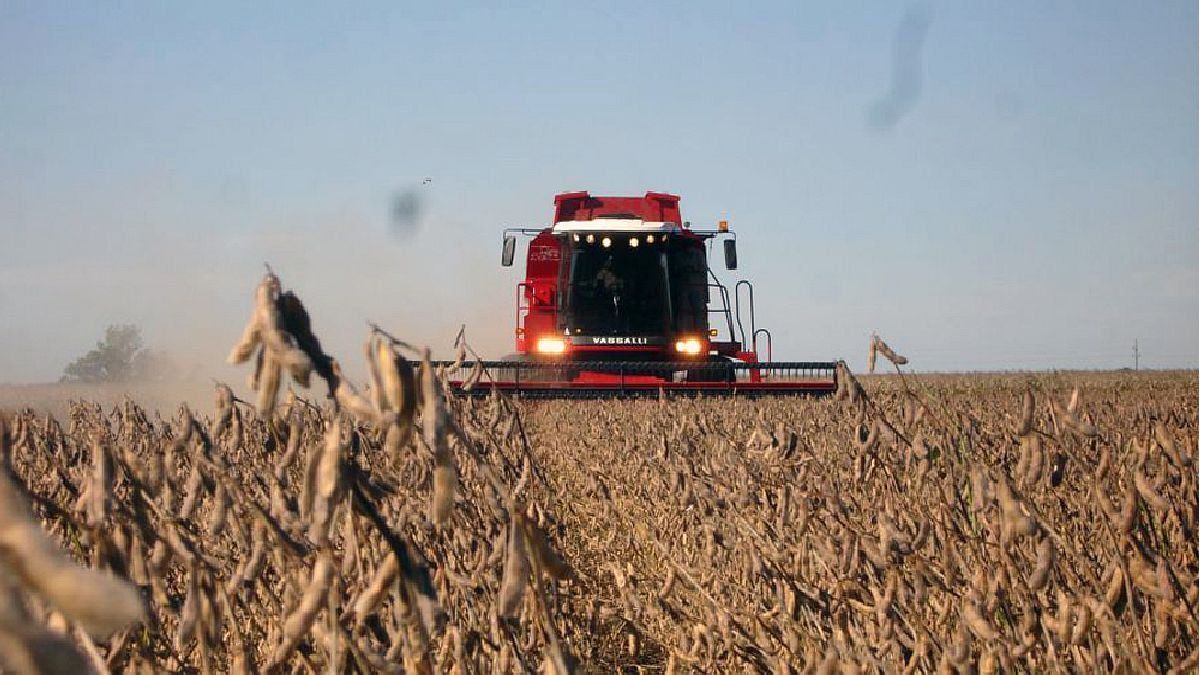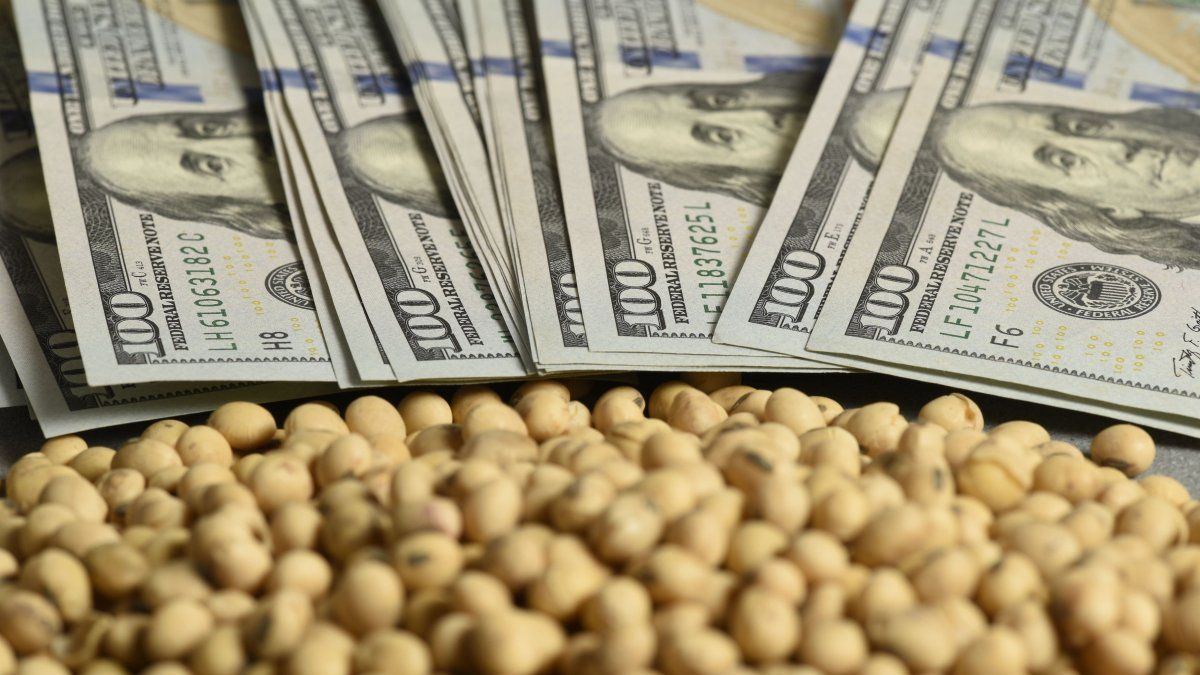Now, the estimate made this week gives these numbers the floor. With a planting of 4.45 million hectares, the estimated yield is 29 qq/ha, a yield that coincides with that of the 2017/18 cycle. This cycle together with 2008/09 marks the two biggest productive disasters in Argentina in the last 15 years.
The BCR explains that, at this time, it is estimated that there are 2 million hectares in fair conditions and 670,000 hectares in poor of which 185,000 ha are already considered lost. With these figures, the production number is 12.4 Mt, 30% less than what was expected at planting. In this way it will be the lowest production of the last 14 years. Compared to what was estimated 3 weeks ago, this means a cut of 1.4 million tons. Unfortunately, with 55% of the region’s soybeans in fair to poor condition, negative adjustments are likely to continue.
The recent rains to reverse the panorama were not enough. Unfortunately, despite the rains, the area with scarce reserves and drought has expanded again and reaches 70% of the core region. To reverse these conditions and twist the arm of the drought in the north of the region, 100 to 140 mm would be needed and for the moment, the rains were 60 to 30 mm.
The BCR report adds that The plots in bad conditions doubled and the regular ones increased despite the rains: the first-poor soybean area went from 7% to 15% and the regular one went from 38% to 45% in the last 7 days. And as usually happens in these campaigns, there is an enormous variability in the conditions for premium soybeans, especially in the south central area of Santa Fe. There are isolated areas, such as islands that benefit from an extra millimeter in large areas punished by the lack of water.
So how many millimeters should fall rains leave? The BCR technicians agree on the answer: “from today to the end of May it should rain 200 mm to consider planting”. With a “La Niña” event extending with a probability of 77% until March-May 2022 and a transition to neutrality, with a probability of 56% during May-July 2022, Argentina does not have the best cards in hand to receive the water needed to plant 7 million hectares.
Source: Ambito
David William is a talented author who has made a name for himself in the world of writing. He is a professional author who writes on a wide range of topics, from general interest to opinion news. David is currently working as a writer at 24 hours worlds where he brings his unique perspective and in-depth research to his articles, making them both informative and engaging.




